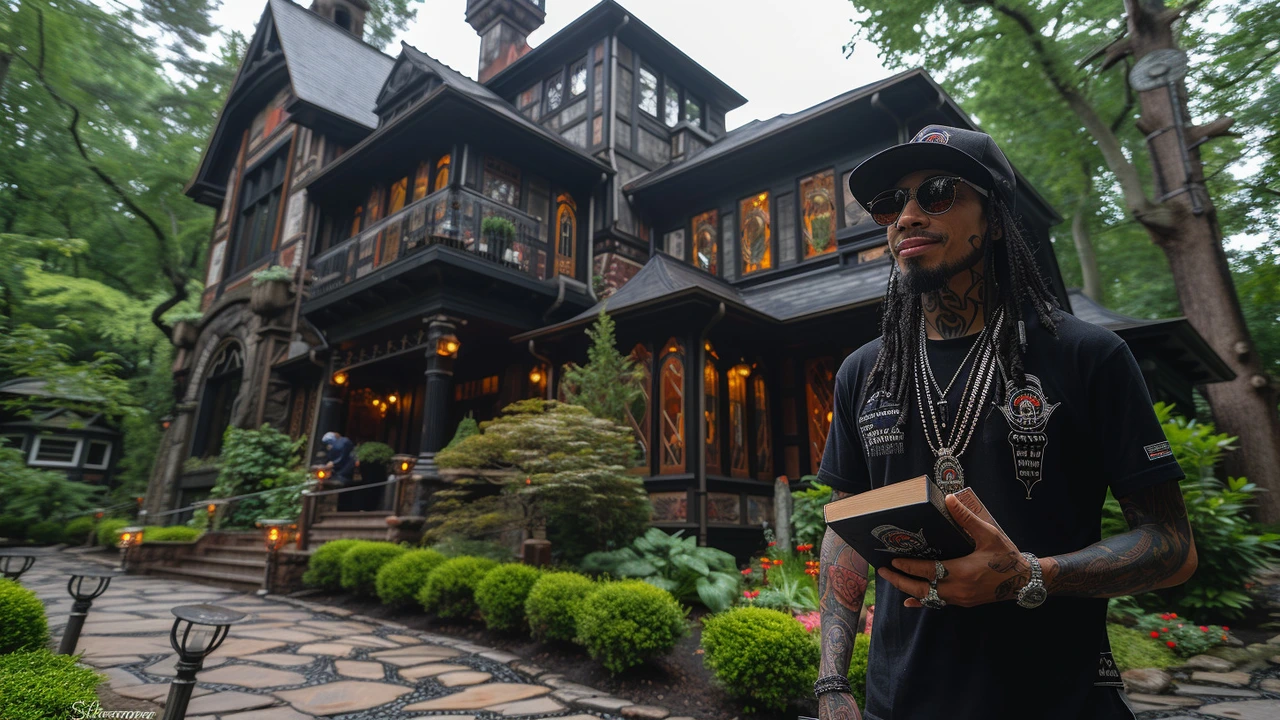Well, strap in folks, we're taking a wild ride back to the time of the Tudors. We're diving headfirst into the world of Tudor architecture, a style as mysterious as Henry VIII's love life. With their half-timbered houses and thatched roofs, the Tudor era was as much about drama as it was about building. It's a style that's as full of twists and turns as a Shakespearean play, where chimneys are taller than the average NBA player. So grab your ruffs and your doublets, it's time to uncover the hidden secrets of this architecture style that's as cool as a cucumber in a bowl of hot sauce.
Unveiling Architecture: Quick guides to styles, history, and design
Buildings don’t just sit there — they tell stories. The posts under the "unveiling" tag pull those stories apart so you can spot what matters: the era, the idea, and the design choice that shaped a place. You’ll find practical explanations, clear examples, and simple tips for reading façades, interiors, and city plans.
This space groups short, useful articles on many movements: Colonial and Georgian classics, Beaux-Arts grand streets, Renaissance and Roman engineering, Constructivist drama, High-Tech glass and steel, Neo-Futurist visions, and more. Each post explains the why and the how — why a style looked the way it did and how its details affect modern design and preservation.
How to use this tag
If you want quick answers, start by scanning titles that match your interest — history, design tips, preservation, or modern influence. Click a post when you want: a brief history, a checklist for spotting features, or practical advice for renovation or study. Use the tag as a jumping-off point: read a short guide, then follow linked articles for deeper context.
- Want history and context? Look for posts with words like "history," "heritage," or specific eras (Renaissance, Roman, Colonial).
- Want design tips? Open pieces labeled "design," "style," or "tips" for clear, usable advice.
- Curious about modern influence? Read articles on High-Tech, Neo-Futurism, and Postmodern to see how old ideas keep shaping new work.
Quick style-spotting tips
Here are short, specific cues you can use on a walk or while studying photos. Each tip links in spirit to a deeper article under the tag.
- Colonial/Georgian: symmetry, sash windows, brickwork, and simple decorative trims — look for repeated, balanced windows and central doors.
- Beaux-Arts: grand staircases, heavy ornament, sculpted figures, and wide boulevards — think formal public buildings and decorated facades.
- Greek Revival: tall columns, pediments, and temple-like fronts. If it looks like a Greek temple, you found it.
- Renaissance: order, proportion, domes, and classical columns. Search for clear geometry and balanced façades.
- Roman/ancient techniques: arches, vaults, and concrete structures that lasted centuries — obvious in large civic works and aqueducts.
- Constructivist: bold, geometric shapes, exposed structure, and political messaging in the design — often angular and dramatic.
- High-Tech: visible engineering, glass, steel, and exposed systems. If the building shows its skeleton, it’s probably High-Tech.
- Neo-Futurism: fluid forms, sweeping curves, tech-led materials, and futuristic silhouettes — look for motion in the shape.
Pick a post that matches what you want to learn — whether you need a quick ID guide, a history primer, or renovation tips. The articles under "unveiling" are short, clear, and ready to help you read buildings like a pro. Enjoy exploring and keep your eyes open next time you walk down a street — architecture is full of stories waiting to be unveiled.

